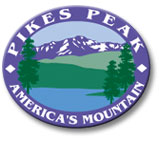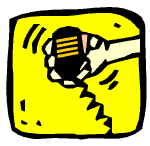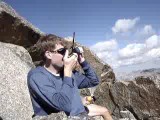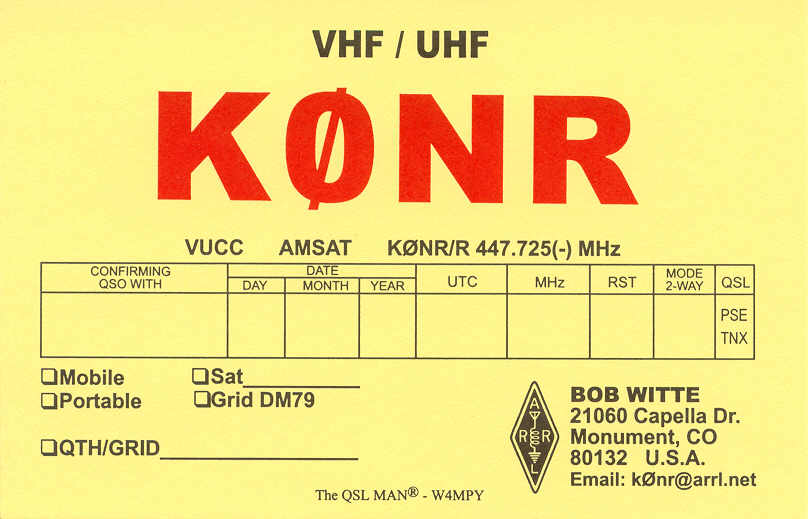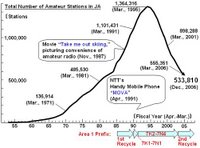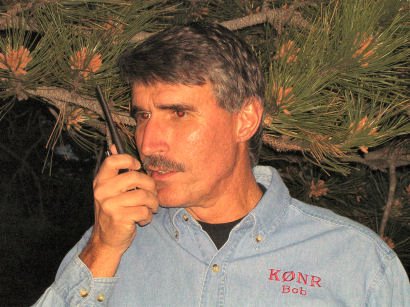How Big is the Worldwide Market for Ham Radio Gear?
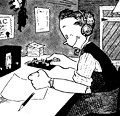 Ever wonder how much amateur radio equipment gets purchased each year? I was looking at some information on the new Kenwood TM-D710, including a press release on the Kenwood (Japan) web site.
Ever wonder how much amateur radio equipment gets purchased each year? I was looking at some information on the new Kenwood TM-D710, including a press release on the Kenwood (Japan) web site. The Kenwood press release includes some background on the ham radio market:
The global amateur radio equipment market is estimated to be worth 16 to 17 billion yen today. In the FM mobile transceiver segment, the dual band type, which was once considered a luxury model, has been gaining market share every year, accounted for about just over 50% of the amateur radio equipment market in sales value on a global basis and for almost 100% in both sales volume and sales value in Japan in the fiscal year ended March 2007.
Let me try to interpret this data. Since the Japanese yen is trading at around 115 yen to the US dollar, 16 Billion yen is equivalent to $139M. So this means that $139M in new ham equipment is purchased each year. The next statement is really interesting...I think it says that 50% of the dollars being spent on FM mobile transceivers are used to purchase dualband radios. And the final statement says that in Japan almost all of the FM transceivers sold are dualband. Clearly, the price of a dualband FM transceiver has come down over the last decade, especially those that have a single receiver in them. So it is believeable that dualband rigs cover a large piece of the FM transceiver market.
73, Bob K0NR
